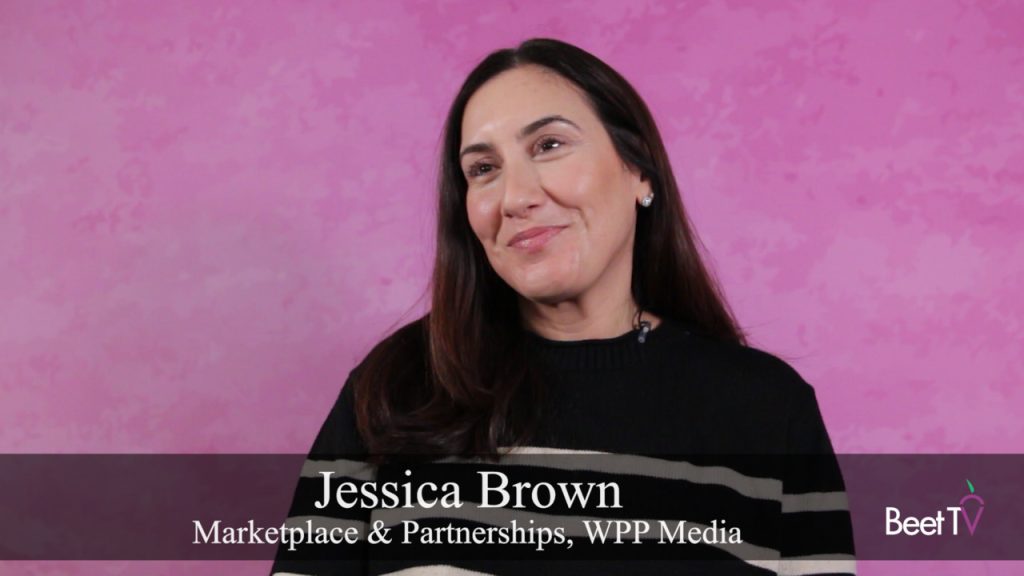As the economy reopens and people start going out more often to stores, restaurants, theaters and concert venues, marketers are looking for more indications that their advertising campaigns are having a positive effect on real-world behavior. As brands buy more ads on connected TV (CTV) platforms, location data can help to hone their efforts to reach target audiences.
“We are helping advertisers and publishers understand where their consumers go, and essentially be able to target and measure the effectiveness of advertising on CTV,” Glen Straub, vice president of business development at location data platform Foursquare, said in this interview with Beet.TV. Foursquare is the preferred attribution platform for Tubi, the ad-supported video on demand (AVOD) service.
“Any one of their advertisers can leverage Foursquare’s lift methodology to understand the effectiveness of campaigns across the Tubi platform,” Straub said. “We have a strong partnership across all of their advertisers.”
Foursquare gathers location data through its owned-and-operated apps, such as City Guide and Swarm, and third-party apps that run its Pilgrim SDK (software development kit) from consumers who have consented to share anonymized information.
“We have the industry’s only first-party panel in location attribution,” Straub said. “We’re able to understand — fully opted-in — where people go in the physical world relevant to Foursquare’s POI, or places data. We then match those signals to ad exposures. In the case of Tubi, coming across the entire network anytime a campaign is run.”
Foursquare uses multiple identifiers for location data, lessening the dependence on audience tracking methods like Apple’s identifier for advertisers (IDFA). The tech giant last month updated the software that runs devices including the iPhone to ask customers for permission to share identifiers with apps and websites. With many people not consenting to share their device IDs, audience tracking is expected to become more difficult.
“It’s definitely a challenge across the industry, most notably in anyone who is rooted in mobile, which Foursquare always has been. The mobile advertising ID has been the cornerstone of everything that Foursquare does within the advertising ecosystem,” Straub said. “However, we have evolved. We observed this happening way before Apple made its announcement late last year. We’re able to provide our tools across multiple identifiers, working with whatever the advertiser or publisher has and needs. We have the ability to understand even CTV IDs.”
You are watching, “The Stream: New Audiences, New Opportunities,” a Beet.TV leadership series presented by Tubi. For more videos, please visit this page.







































